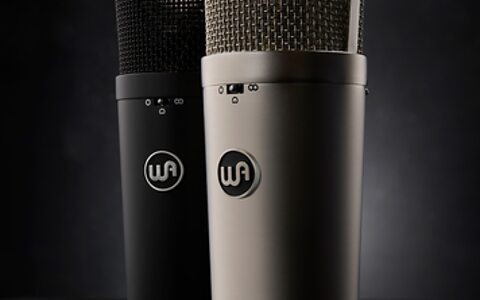



Bi-directional MIDI interface lets you connect up to four devices to a single computer, phone or tablet.

Warm Audio's popular take on the classic Neumann U87 has been given an overhaul.

Without a firm grasp of these three ‘core concepts’ of mastering, you’ll always struggle to get great results. In Part 2 of his series for SOS, mastering engineer Ian Shepherd describes his “Three Ms of Mastering”, and why he thinks they’re so important.

The new PodTrak P8 features six mic inputs, a fully featured soundboard, and can accommodate smartphone, Zoom and Skype calls.

The Tone Science sub-label, from DiN records, continues to explore the world of modular synth music with this new release: Module No.4 Form and Function.

The creators of the highly-regarded original PATCH & TWEAK book have teamed up with Moog Music to produce this 200-page book on Moog’s Semi-Modular Analog Synthesizers.

Click to read our in-depth, world exclusive review of Arturia's brand-new flagship polysynth.
Audio Video Bridging (AVB) is a a suite of IEEE technical standards intended to allow the low latency, time-synchronised transfer of audio and video data across standard IT Ethernet networks. It is a 'Layer 2' AoIP protocol, defined under the IEEE 802 standards. The AVnu Alliance certifies consumer and professional AVB equipment to ensure inter-operability.
In essence, the AVB standard reserves for audio/video data traffic a certain amount of data bandwidth on a standard Ethernet network, and precise synchronisation of that data at the receiver is achieved using a 'generalised precision time protocol' (gPTP) which is also defined as part of the IEEE 802 standards.
In theory, AVB traffic can coexist within a standard IT network, although AVB-capable switches are required to reserve the necessary bandwidth and to ensure data synchronisation. Data is transmitted as a multicast (one sender, multiple listeners) within defined timeslots to avoid collisions. It is also categorised for priority with Class A (professional) traffic having a guaranteed latency of 2ms, whereas Class B (consumer) traffic has a guaranteed latency of 50ms.